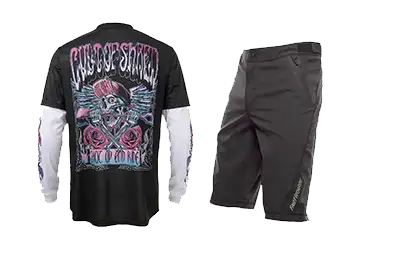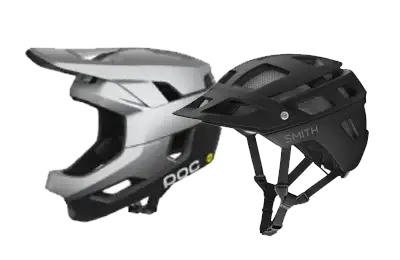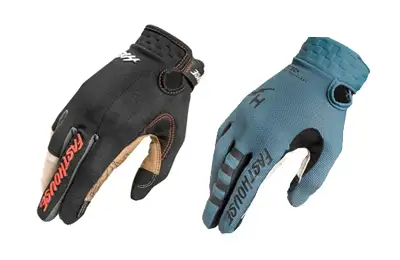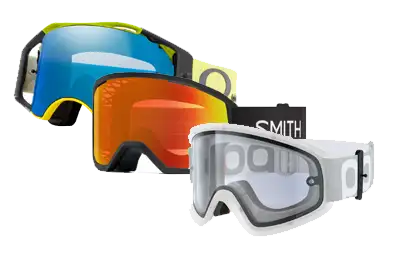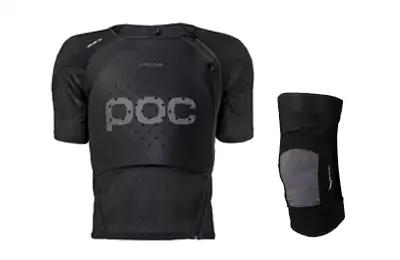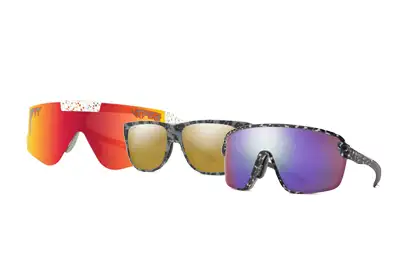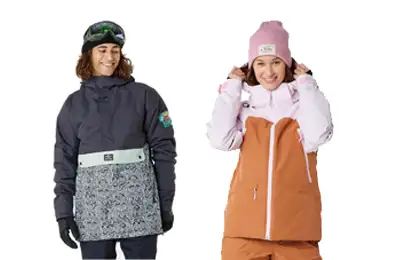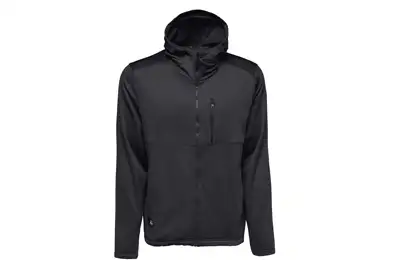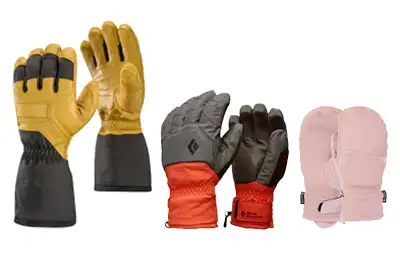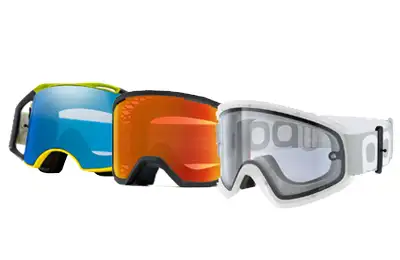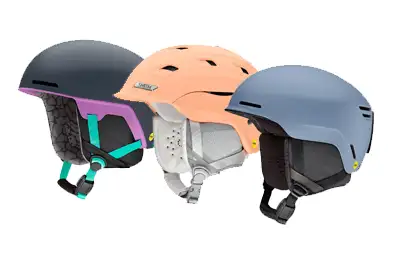We’ve all been there. It’s clear blue sky after a dumping of fresh snow and the temperature is well into the negative. You get on the chair and by the time you reach the top, your hands are so cold that they hurt. It’s an unfortunate reality of being on the hill but that doesn’t mean you have to let cold hands put a damper on your day.
When your body gets cold, it reduces blood to the extremities in an effort to keep vital organs warm and functioning. It’s a natural response and generally isn’t cause for concern but it can cut your day short or even cause damage if the temperatures are cold enough. Luckily, there are a number of things to do that can solve having cold hands on the mountain!
Stop It Before It Starts
Let’s get this straight- Once your hands are cold, there is no going back. Even the most expensive gloves can’t warm already cold hands. In order to prevent them from getting to that point, you have to nip heat loss in the butt! Hands lose heat fast because they have blood vessels close to the surface. Wearing a thin liner underneath your gloves will keep them toasty but be very careful with this option as it can compromise breathability- then your back at square one!
Protect Your Core
As mentioned, if your body gets cold then your hands are going to be the first victim. By preventing your core from feeling the freeze, you can reduce your chances of suffering from cold hands. A proper base layer and mid layer are crucial- heck, just layer and the insulation will do it’s job. Also, don’t forget the power of snacks. A fed body will have the fuel to fight the cold and the very act of digestion can give off energy.
Gloves
Gloves are the most obvious solution to keep the cool temperatures out and choosing the right ones for your needs can take it one step further. Here are a few things to take into consideration when purchasing protection for your frigid fingers:
- Mittens are warmer than gloves but you sacrifice dexterity.
- Down is the best insulator and is known for being light and breathable. However, synthetic insulation dries a lot faster and can be more cost effective.
- One word: Gore-Tex. This is the Grade A of fabrics since it is both breathable and water proof!
No one likes cold hands and there are many options that can drastically improve your chances of making it through even the coldest of temperatures. Still not sure how to personally solve the age old problem of cold hands on the ski hill? Come in and speak to our staff, your digits will thank you!

